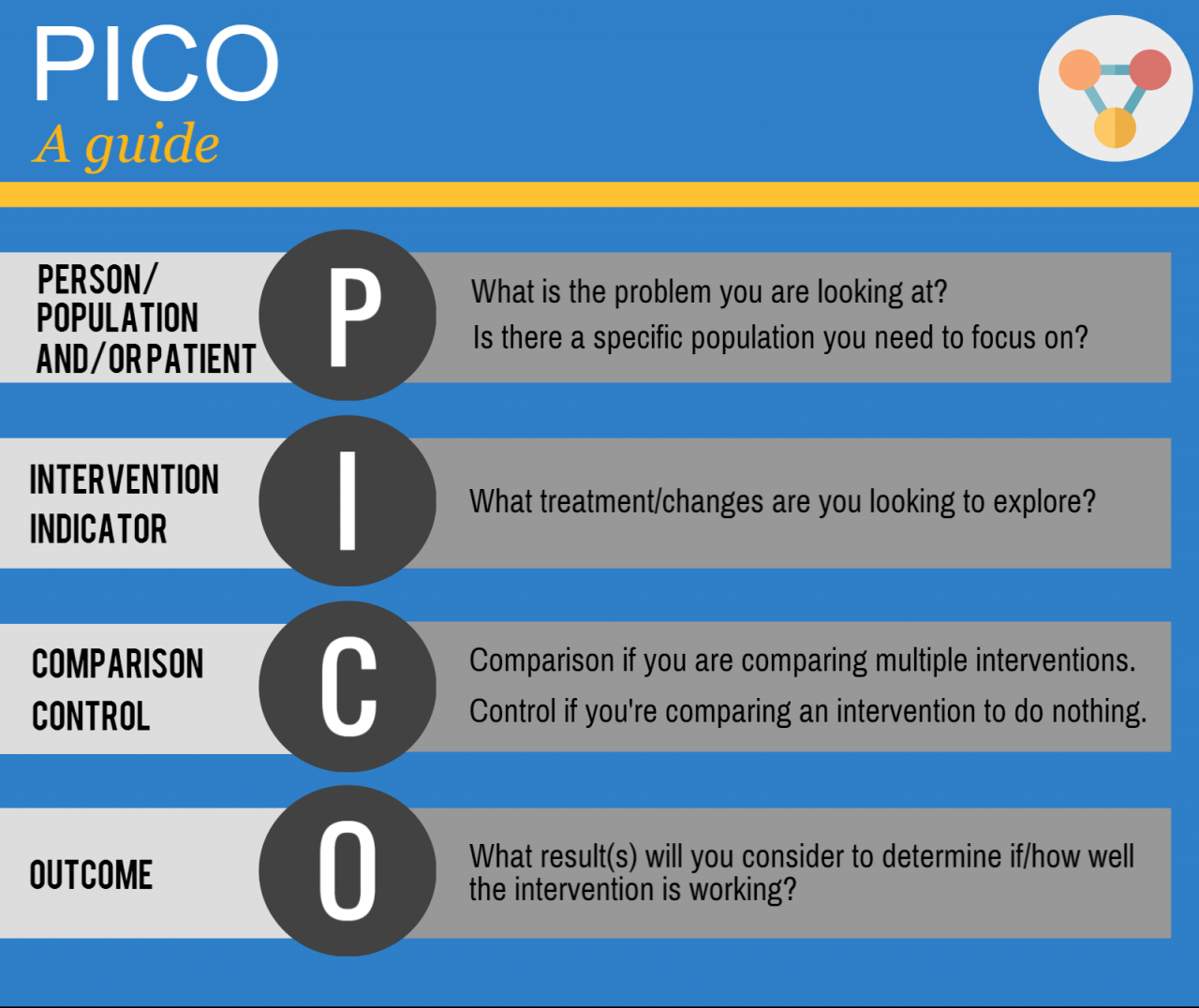
Pico definition – Pico, a diminutive prefix derived from the Italian word “piccolo,” meaning “small,” signifies the tiniest unit in the International System of Units (SI). With a value of 10^-12, pico represents one trillionth of a unit, making it an indispensable tool for measuring minute quantities in scientific disciplines.
From astrophysics to nanotechnology, the pico prefix finds applications in diverse fields. It allows scientists to quantify phenomena occurring at the atomic and subatomic levels, pushing the boundaries of our understanding of the universe.
Pico Definition
In scientific measurement, the prefix “pico” (symbol: p) represents a factor of 10 -12. It is a commonly used metric prefix denoting a very small quantity, one trillionth (1/1,000,000,000,000) of a unit.
The pico prefix is part of the International System of Units (SI) and is used across various scientific fields to quantify extremely small measurements.
Pico Prefixes, Pico definition
The pico prefix is part of a series of metric prefixes that indicate different powers of 10. Some related prefixes include:
- Femto (f): 10 -15
- Atto (a): 10 -18
- Zepto (z): 10 -21
These prefixes allow for precise and concise representation of extremely small or large values in scientific notation.
Pico Applications

The pico prefix finds applications in various scientific fields, including:
- Physics:Measuring subatomic particles, electromagnetic fields, and quantum phenomena
- Chemistry:Quantifying concentrations of molecules, ions, and chemical reactions
- Biology:Studying cell structures, protein interactions, and genetic sequences
Examples of specific instruments or measurements that utilize the pico scale include:
- Picoammeters: Measuring extremely small electrical currents
- Picosecond lasers: Generating ultra-short laser pulses
- Picosecond spectroscopy: Analyzing ultrafast chemical and biological processes
Historical Development: Pico Definition
The pico prefix was introduced in 1960 as part of the International System of Units (SI). It is derived from the Italian word “piccolo,” meaning “small.” The development of the pico prefix was driven by the need for a standardized way to express extremely small quantities in various scientific disciplines.
The pico prefix has played a significant role in scientific advancements by enabling the precise measurement and characterization of phenomena occurring at the atomic and subatomic levels. It has contributed to our understanding of fundamental physics, the development of new materials, and advancements in medical diagnostics and treatments.
Ultimate Conclusion
The pico prefix, along with its fellow prefixes in the SI system, empowers scientists to navigate the vast spectrum of scales, from the infinitesimally small to the astronomically large. Its role in advancing scientific research and technological innovations is undeniable, enabling us to probe the depths of matter and unravel the mysteries of the cosmos.
FAQ
What is the numerical value of pico?
Pico is equal to 10^-12.
What is the origin of the pico prefix?
The pico prefix originates from the Italian word “piccolo,” meaning “small.”
What are some examples of pico-level measurements?
Pico-level measurements are used in fields such as astrophysics to measure the energy of cosmic rays and in nanotechnology to characterize the size of nanoparticles.





